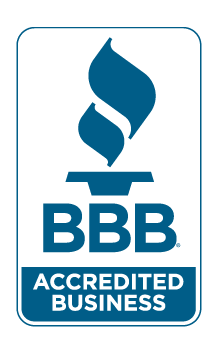As the Medicare Annual Enrollment Period (AEP) fast approaches, agents are contemplating how to maximize sales opportunities with prospective clients. One often-overlooked possibility is life insurance, including products like whole life or final expense insurance. AEP is a prime season for introducing these additional services to your clientele, but there are some important compliance considerations to keep in mind, which may differ by jurisdiction.
Firstly, let's clear up some regulatory guidelines. If your scheduled meeting is to discuss Medicare Advantage Prescription Drug Plans (MAPD) or stand-alone Prescription Drug Plans (PDP), you cannot bring up final expense insurance during that initial consultation. It's crucial to set up a separate meeting specifically to explore final expense insurance options. This stipulation comes directly from CMS regulations and specifically impacts MAPD and PDP clients. On the other hand, during Medicare supplement consultations, you're at liberty to discuss final expense plans without scheduling an additional meeting.
Offering multiple products to your clients, while staying compliant, can enhance client retention. Generally speaking, the broader your portfolio with a client, the less inclined they are to shop elsewhere. Final expense insurance is a particularly appealing option because of its simplified and guaranteed issue underwriting process, which often leads to quick approval. In some cases, providers can even offer an immediate decision based on the client's application responses.
Here's a practical example: let's say you enroll a client in a $0 premium MAPD plan, saving them $75 per month. Those savings can then be funneled into a final expense plan. This creates a mutually beneficial scenario: you augment your sales through the additional final expense policy, while your client gains an extra layer of financial security for end-of-life costs.
Agents commonly overlook these opportunities for a variety of reasons, including:
- Lack of awareness that they can sell final expense insurance.
- Failure to have a meaningful conversation with clients about the financial impact of funeral expenses.
- Lack of prior preparation for such sales opportunities.
By being aware and prepared, you can navigate the complexities of insurance offerings more effectively and serve your clients better, thereby boosting both your sales and their financial security.







